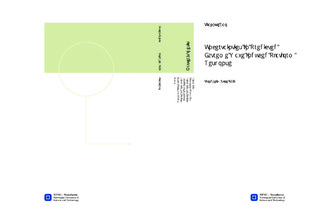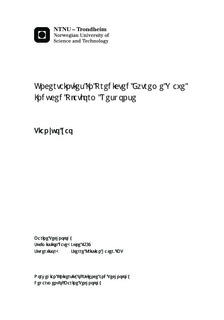| dc.description.abstract | Before the long term response prediction is performed, a generic response function is firstly introduced. The generic response function is given as a function of weather characteristics in terms of hs and tp, and the shape of response function is decided by several parameters. By studying the effect of the parameters on response, one can get the response cases with different sensitivity to wave period and non-linearity to significant wave height. With a set of properly selected parameters, one can get the response function closest to the real response case. This is very convenient for long term response prediction, since it can avoid the time domain analysis.There are two major approaches to decide long term response in this thesis. In the all sea state approach, distribution function for hs and tp are determined based on the entire hindcast data. Then the probability scatter for occurrence of different combinations of hs and tp is calculated. Then the long term response distribution is decided by combining the generic response function. POT method focuses only on storms with significant wave height larger than a minimum threshold. The distribution of the largest most probable response for each storm, and the conditional distribution of the largest realization given the most probable response can be found from the storm sample. Then the long term distribution of response can be decided by intergrating over the largest most probable response. Environmental contour line method is also performed in the thesis. It is used to determine the worst sea states and the target percentile. Environmental contour line method is an approximate method, but it provides a good verification to the result from the all sea state approach. Meanwhile, the author will discuss all the uncertainties involved when estimating long term extremes by different approaches.Besides comparing results between the all sea state approach and the POT approach, further verification is performed. There are majorly two alternatives: firstly, wave crest height is studied instead of response value; secondly, weather characteristics are extracted directly from hindcast data instead of the modeled function. These modifications can provide good verifications for the all sea state approach and the POT approach. | nb_NO |

